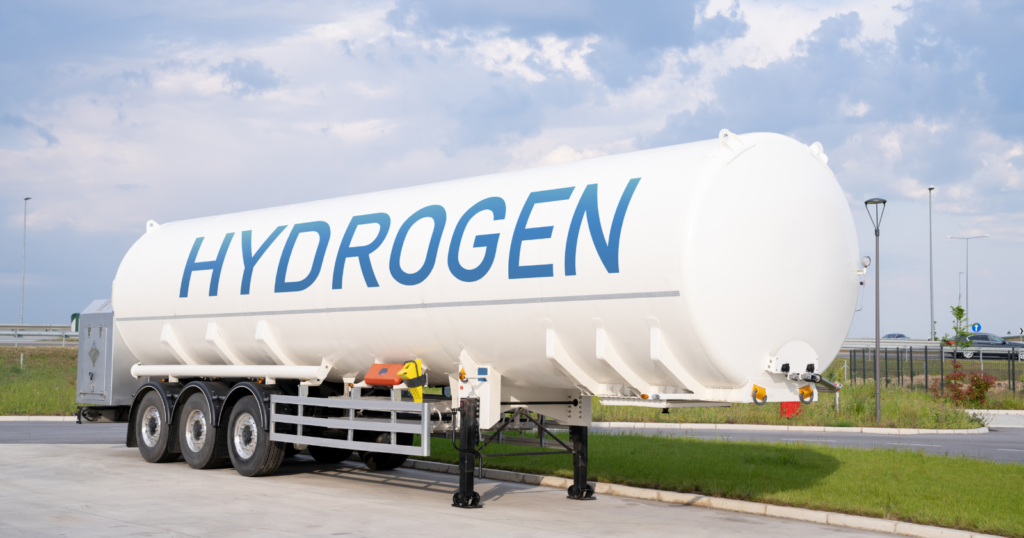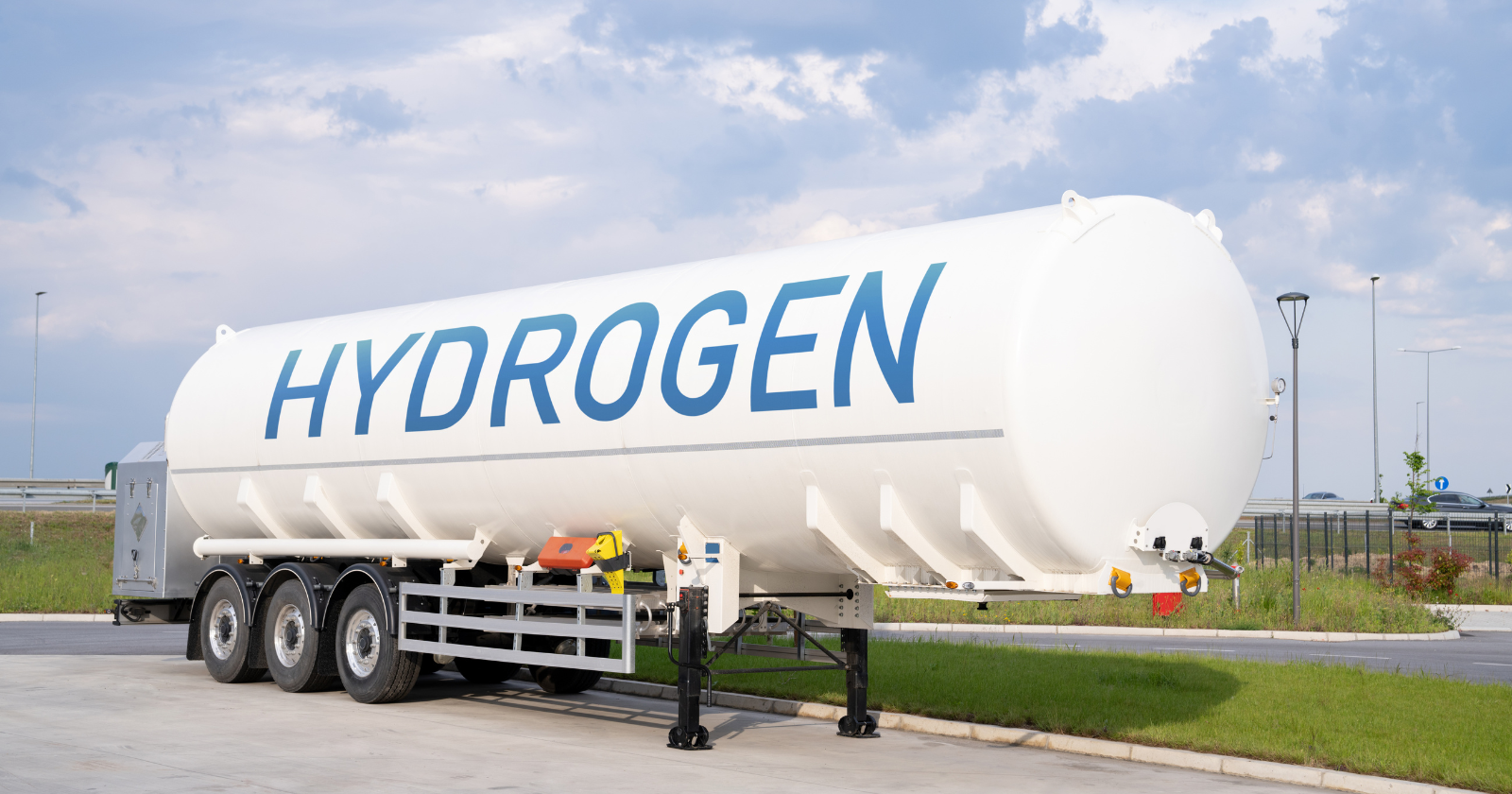
In the quest to combat climate change, the energy landscape is evolving rapidly. One of the latest contenders in the field is white hydrogen, a unique and promising discovery that has sparked excitement and intrigue in the energy and environmental sectors. This article dives deep into the world of white hydrogen, exploring its origins, potential, and the important questions surrounding its role in the fight against climate change.
The Big Discovery
The journey of white hydrogen began in July when two scientists from France’s National Centre for Scientific Research at the University of Lorraine were conducting research in a disused coal mining basin. Using a sensitive probe to analyze gases dissolved in sub-soil rock formations, they stumbled upon low concentrations of hydrogen gas at a depth of around 200 meters. But what caught their attention was the staggering revelation that, at 1,100 meters, the hydrogen concentration was 14%, rising to 20% at 1,250 meters. This unexpected finding led to the estimation of a vast hydrogen reservoir, potentially containing between 6 million and 250 million tons of white or natural hydrogen. Efforts are now underway to drill down to 3,000 meters, unveiling a wide range of possibilities and challenges.
The Commercial Viability Question
The newfound discovery raises numerous crucial questions. Is this reservoir commercially viable? Are there more such deposits waiting to be uncovered? Do we possess the technology needed for efficient extraction? While answers to these questions remain elusive, the revelation of France’s hydrogen reservoir and earlier discoveries has ignited a sort of “gold rush” in different parts of the world. Various start-ups and established companies are investing their resources and expertise in exploring this exciting new frontier.
Hydrogen’s presence in boreholes has been known for many years but largely ignored in the past due to a lack of appreciation for its potential utility or because the quantities encountered were too small. Moreover, no one was actively prospecting for hydrogen reserves, leaving minimal historical records to guide contemporary exploration.
The inception of the white hydrogen craze dates back to 1987 when a person drilling for water in the village of Burakebougou, Mali, accidentally discovered an underground well containing 98% pure hydrogen. This well was uncapped in 2011 by an oil company, and the hydrogen gas was used to generate electricity, which continues to power the village’s 4,000 residents. This discovery subsequently attracted the attention of scientists and entrepreneurs. Since then, white hydrogen reservoirs have been found in various locations, including the United States, Eastern Europe, Russia, Oman, and France.
Optimists speculate that the global hydrogen reserves may amount to tens of billions of tons, with much of it possibly in small deposits or remote, challenging locations, such as under the sea. However, even if a fraction of these reserves proves to be commercially viable, it could significantly surpass the 100 million tons of hydrogen currently produced each year or the projected 500 million tons by 2050.
Two other crucial aspects favor the optimists’ perspective. First, white hydrogen is believed to be a continuously produced resource, generated by geological processes like water reacting with iron-rich rocks or radiolysis. The replacement rate for consumed hydrogen could extend to the duration of a human lifetime. Second, the cost of producing white hydrogen is estimated to be as low as $1 per kilogram, in contrast to the approximately $6 per kilogram for “green hydrogen” produced using renewable energy sources.
The Sceptical Viewpoint
However, not everyone is equally enthusiastic about the prospects of white hydrogen. Some engineers and scientists, while acknowledging its potential to reduce reliance on fossil fuels, caution against viewing it as a panacea. They argue that the different “color names” for hydrogen can be misleading when it comes to carbon emissions. Green hydrogen, produced through electrolysis of water using renewable energy, is the least carbon-intensive of all hydrogen-making processes, while grey hydrogen, made through steam reforming using fossil fuels, is energy and carbon-intensive. Blue hydrogen, also produced via steam reforming but with carbon capture, remains carbon-intensive and expensive.
A group of experts known as the Hydrogen Science Coalition has suggested that hydrogen’s environmental impact should be categorized based on the carbon dioxide equivalent (CO2e) used to produce one kilogram of hydrogen. They have established a threshold at 1kg CO2e, differentiating between high-carbon and low-carbon hydrogen, using the labels “black” and “green” to describe hydrogen produced with varying materials and techniques.
The skeptics bring up several critical considerations. The form in which hydrogen is found, its depth, the cost and environmental impact of extraction, transportation, and the availability of large quantities are all factors that demand scrutiny. In the midst of this gold rush, a simplified conclusion emerges: white hydrogen holds the potential to compete against other forms of hydrogen, especially high-carbon variants. While it may not be the ultimate solution to the complex problem of climate change, it is undoubtedly a step in the right direction.
In conclusion, the emergence of white hydrogen offers a glimmer of hope in the battle against climate change. Its vast potential, coupled with low production costs and a continuous supply, makes it a promising addition to the energy landscape. However, we must approach it with cautious optimism, recognizing that no single solution can single-handedly address the multifaceted challenge of climate change.
FAQs
What is white hydrogen, and how is it different from other types of hydrogen?
How can white hydrogen contribute to reducing carbon emissions?
Are there any environmental concerns associated with white hydrogen?
What are the challenges in harnessing the potential of white hydrogen?
Is white hydrogen the ultimate solution to climate change?
The future of energy is uncertain, but the discovery of white hydrogen offers a glimmer of hope in the quest to combat climate change. As we continue to explore and understand this unique resource, it may become a valuable tool in reducing our carbon footprint and transitioning to a more sustainable energy future.
